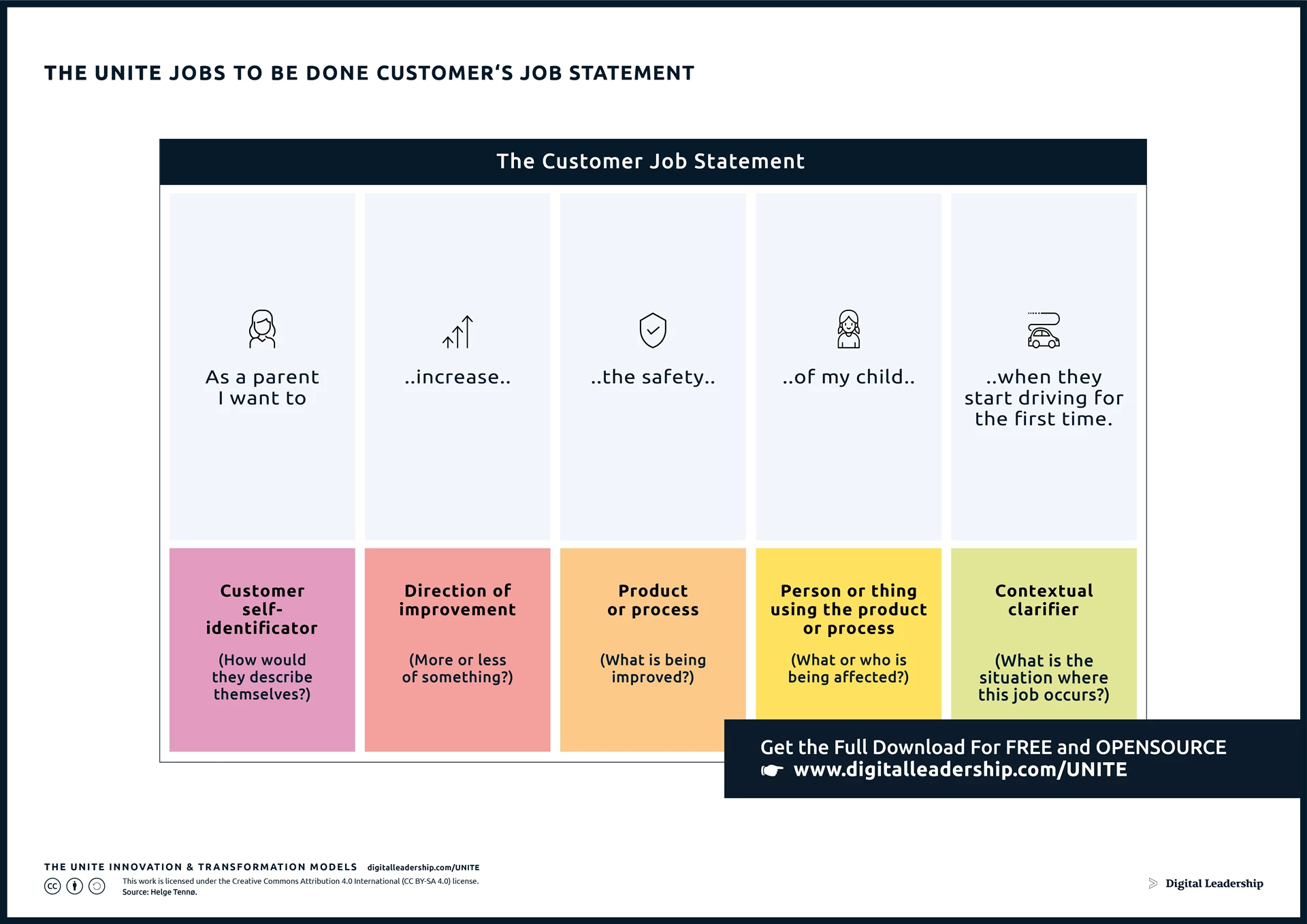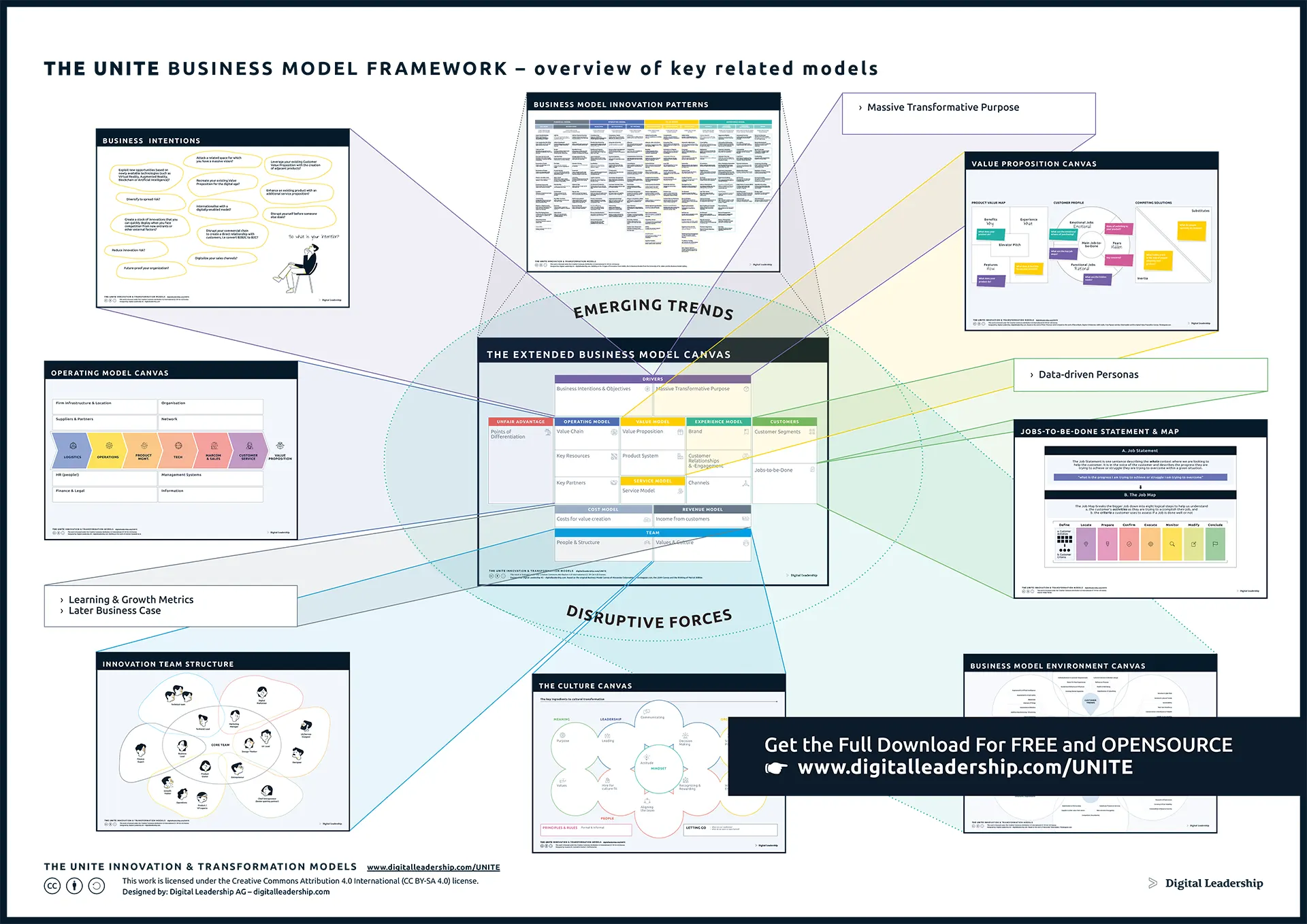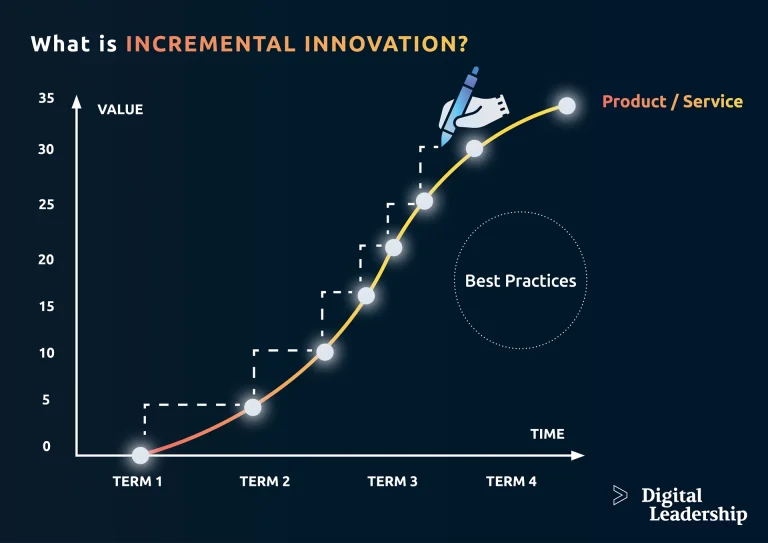Customer Centricity: How Do You Create a Customer-Centric Strategy?
Published: 10 June, 2022
Experience Design

Table of Contents
Customer centricity is more than just a buzzword tossed around conference rooms. Building a customer-centric culture that cultivates positive customer relationships relies on a mindset shared throughout an entire organization.
In this article, the experts at Digital Leadership discuss what makes customer-centricity important, some practical steps your business can take today to become more customer-centric, and the benefits you can hope to reap when you put customers first in your innovation strategy.
What is Customer Centricity?
When we make our customers and their needs the focus of how we do business, we are practising Customer Centricity. The customer experience is considered in a meaningful way. Our business moves beyond merely providing a product or service and instead includes customer value and customer satisfaction in the overall business model.
We still ensure that customer needs are met, but we also employ strategies that enhance the customer journey, provide a positive customer experience, and explicitly generate customer loyalty.
Why is Customer Centricity Important to Your Organization?

Designed by: Digital Leadership AG
Customer centricity is important to businesses for a number of reasons. Most importantly, it helps your company retain customers and attract new customers thanks to your ability to create meaningful experiences that you–and your customers–can brag about.
But customer-centricity is more than just marketing tactics. As decision-makers in business, we should value customer experiences and strive to make them as positive as possible because it’s the right thing to do. When we nurture relationships between customers and our company, we set the groundwork for generational success.
Is customer centricity dependent upon a single transaction? Sometimes. We probably all have stories about a bad experience with a customer service rep that one time we went into a store, and now we’ve vowed to never go back. But more often, customer-centricity revolves around the creation of long-term relationships. We bring the customer value–in other words, we help them solve a Job to be Done — but we also take the opportunity to leave them feeling good about the experience. Great customer service isn’t about bending over backwards to meet every customer’s demands; when the focus is on customer relationship management, we truly address the customers’ needs beyond simply the product or service.
Digital Leadership has plenty more to say about Jobs to be Done and how this concept can help you develop into a customer-centric organization. Register to download our book, How to Create Innovation, to learn how to attract more customers.
Customer-Centric Organization Challenges
Our customer base is not monolithic. In other words, it’s a mistake to assume that all our customers are the same. One of the greatest challenges in maintaining an organization that is customer-centric is acquiring and maintaining customer data that helps us truly serve our customers’ needs. Customer centricity requires a robust customer profile for each potential client.
Without this data, it’s impossible to obtain actionable insights into customer behaviour. Without understanding the customer’s perspective, we can never claim to be a truly customer-centric company. Important customer-centric metrics must be measured, and that takes resources.
Additionally, businesses that are taking a customer-centric approach must navigate competing priorities within their organization. How should a customer-centric business think about its human resources when relationships are so important? What does growth look like when we’re employing a customer-centric strategy, and can we make every office in our company happy? Will the person in charge of resources allocate enough for customer-centric marketing and personalized campaigns that target customer experience?
Managers must establish an environment where sharing best practices is encouraged to improve the personalization of the overall customer experience. When a customer’s experience is put ahead of the egos of different organizational offices, a better, customer-centred brand becomes possible. But it runs counter to much of the shark-infested water encountered in many modern businesses. When organizational silos prevent the sharing of customer data, there’s little chance of success.
Siloing is one of the biggest challenges customer-centric businesses face because it prevents the sharing of data and customer insights that make a customer-centric culture possible. Divisions within organizations often hoard information about the most valuable customers, and while a small segment of the company may flourish according to some metrics, the overall health of the business is failing. Customer centricity starts when data sharing begins so a business can understand its best customers and work to retain them.
Customer Centricity Benefits
Of course, if we’re going through the challenges of customer-centricity we expect something in return (beyond feeling good that you’re helping customers have a positive customer experience). There are plenty of customer-centricity benefits that make the effort well worth it.
Digital channels for compiling customer data, and a better understanding of the power of big data, mean that more companies than ever are able to leverage information about their customers. Today’s digital environment makes it easier than ever to complete user research as part of an overall customer-centric strategy. In fact, technology removes much of the friction that previously made deep dives into understanding customers impossible, or at least extremely challenging.
Companies that aren’t looking for ways to pivot toward a more customer-centric model are likely missing out on many of these benefits and the potential long-term success enjoyed by their competition.
1- Identify Opportunities for Growth
Customer centricity helps our product development team identify opportunities for growth. By better understanding customer needs, we can focus on improving existing products and services or developing new ones for a customer base we already know exists.
Related: Identifying Hidden Market Opportunities for Innovation through JTBD
A customer-centric brand doesn’t waste resources chasing assumptions; it uses its knowledge efficiently to meet existing and predictable customer needs. Understanding customers’ purchase decisions as a result of providing customer-centricity reveal opportunities for growth.
2- Evolve a differentiated service and a unique competitive advantage
If you truly know your customer, you can tailor products and services to his or her specific needs. As a result, you can provide a differentiated service that helps your business stand out when compared to competitors.
Imagine how many customers would appreciate feeling as though your company is providing something built specifically for them. Imagine how you would feel as a customer when you receive specific customer service that matches your unique needs.
Rigorous customer-centricity generates the user research necessary to facilitate this kind of service.
3- Better Customer Retention and Customer Lifetime Value
Customer Lifetime Value is an important metric for understanding the overall health of a company. Customer Lifetime Value (CLV) is the total worth of a customer to a business over the entire period of their relationship. It stands to reason, then, that when we focus on customer-centricity and cultivating a customer-centric organization, we develop loyal customers who continue to seek out the solution we provide and attract new customers based on our reputation.
Customer centricity helps a business retain customers at a higher rate, and more importantly, because the customers associate the business with good service and products–a strong, positive emotional connection–the customer is much more likely to practice brand advocacy on our behalf. Customers are far more likely to display brand loyalty when we help them associate our work with a positive relationship.
This kind of free marketing is invaluable to the long-term success of a company. Imagine social media being filled with customers bragging about how a business made them feel. Imagine future decisions being made based on a blog post describing the individualized service the writer received.
In our book “How to Create Innovation”, we explore how to best connect your business to customers, and how you can enhance your customer’s perception of the work you do. We advocate for some specific customer-centric best practices that your business can begin on Day One to help keep customers and attract the best customers that will form the backbone of your company’s future success.
You can register for a free download of our book on our website.
4- Establishing a productive company culture
The same feedback that drives the innovation of new products or services can be used to build a company culture that rewards and expects productivity. Customer-centric organizations are staffed by people who enjoy meeting the needs of customers. It’s no surprise: when we understand the importance of a customer feeling important and valued, we appreciate members of our team having the opportunity to feel the same way.
How Can You Become a Customer-Centric Company?
If you acknowledge how important it can be to develop a strategy that focuses on each customer as an individual with specific needs and concerns, the next step is to put that strategy into motion.
We’d like to make some practical suggestions for how you can move your business toward a more customer-centric stance.
1- Map your customer’s journey

Designed by: Digital Leadership AG – Source: Helge Tennø.
What does a customer’s lifetime look like? Customer centricity requires us to understand the entire customer experience, from the first contact we have with them to our final goodbye (hopefully many happy transactions later). Collect customer feedback
Design your products and services with data collection in mind from Day One. Give your customers a chance to reflect on their experiences and report to you with as little friction as possible.
Where you can, use a personal touch to collect customer data. If you’re truly interested in the customer experience, you’ll have a conversation instead of emailing a survey.
A word of warning: be sensitive to your customers’ communication preferences. A mistake there threatens to unmake whatever progress you’ve had.
2- Understand customer pain points and resolve them
With the right amount of information about a customer’s experience, you gain insight into the problems your customers face. In developing a customer-centric business, we must devote particular resources to uncovering the pain points of our customers’ experience.
These pain points are where we can build our business. How do we uncover them? We could simply have a sales rep ask, or use any of the popular CRM software packages to track our interactions with each customer. Seek to establish a customer-centric culture through training and follow-up, and reward employees when they make strides in creating a customer-centric attitude.
However, we decided to reach out to our customer base, making sure our entire company culture is focused on understanding our customers’ challenges is a major element of customer-centricity.
Have you mapped your customers’ behaviour? Think about their Jobs-to-be-Done, and highlight the roadblocks that prevent customers from completing those jobs.
How do we recognize the jobs and the roadblocks? We ask them. Don’t take what you think you know to be true for granted. Social media managers can offer initiatives to current and potential customers focused on learning about your market that can reveal insights you can use to develop products and services.
Use the map to make sure your innovations remain customer-centric.
3- Create reasons for customers to become loyal
Finally, the real secret to building a successful customer-centric strategy isn’t really a secret at all. Your Value Proposition–which we discuss in more depth in our book–should include the reason why a final decision maker would choose your company over another. You’re customer-centric: you care about the experience your customers have with your product or service, but how are you differentiating what you do from everyone else?
In the end, we must figure out how we can bring value more efficiently, with fewer resources, and in a customer-centric environment, by creating a positive experience.
Final thoughts
The efforts we take to build a customer-centric company are a worthy investment in the future of our business. When we understand our customers, we understand our company.
If you’d like to learn more about how Digital Leadership can help you find and retain the right customers, feel free to reach out using our website’s Contact button. We hope to be talking with you soon!
The UNITE Business Model Framework: A Framework for Innovation Success

Designed By: Digital Leadership AG
































 Book How to Create Innovation
Book How to Create Innovation